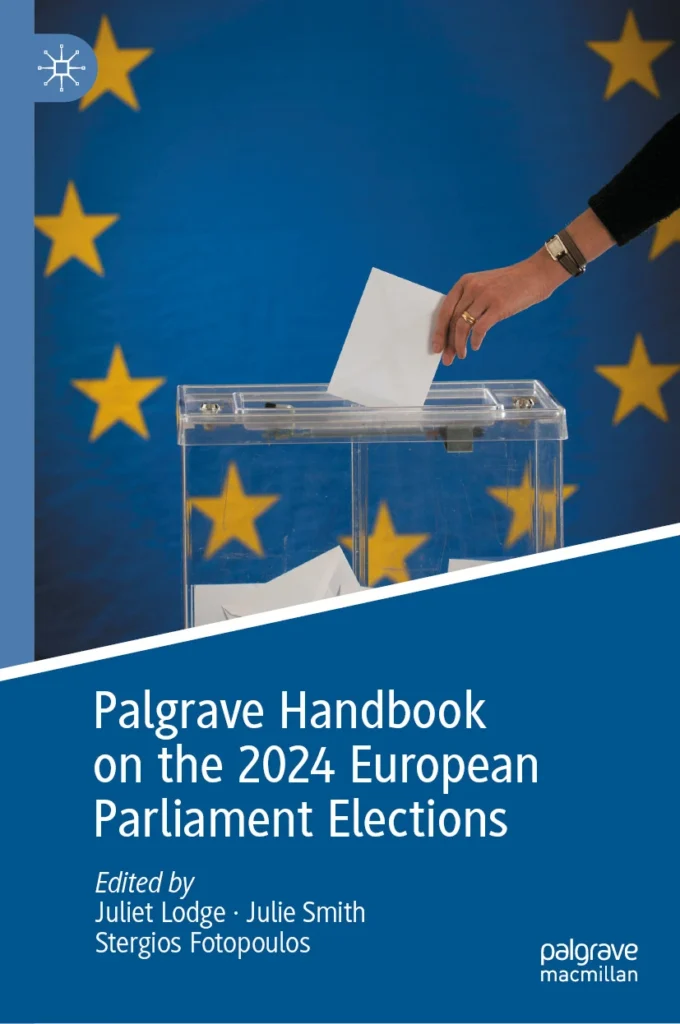
One year after the latest European elections, there has been little smooth sailing for the Von der Leyen II Commission, nor indeed for the European Parliament (EP), which is facing continued struggles internally and with other EU institutions about majorities, adequate crisis responses and Parliament’s position in the broader power games of EU governance. The ground for these struggles was prepared not least by the 2024 EP elections, which changed the composition of the EP significantly, coming with notable adaptations of political agendas to the EP’s new party group balance and shifted landscape of political orientations. The newly released Palgrave Handbook on the 2024 European Parliament Elections, edited by Juliet Lodge, Julie Smith, and Stergios Fotopoulos, sheds light on the run-up, outcomes and aftermath of this important event. I am glad to have had the opportunity to contribute the chapter on Germany to the volume.
The chapter offers a contextualised analysis of the 2024 EP elections in Germany. It draws on the theoretical approach of second-order elections to interpret voter behaviour (e.g. regarding turnout patterns and the relative success of fringe, smaller and newer parties), party strategies during the campaign phase, and the broader implications of the 2024 EP elections in Germany for democratic legitimacy in the EU. Moreover, it situates the German case within the evolving dynamics of European electoral politics, marked by increasing party system fragmentation, the mobilisation of younger cohorts (notably with the lowering of voting age to 16) and a clear generational cleavage in party preferences, as well as the continued volatility of mainstream party support. In addition, the chapter discusses the role of European issues in the national-level party campaigns – once again, these issues remained secondary to domestic concerns, not least against the backdrop of in-fighting in the then-already unstable (and later dissolving) ‘traffic light’ coalition of Social Democrats, Greens and Liberals in Germany. Media and public discourses had thus relatively little to do with the institution people had actually been called to vote for, as the chapter demonstrates. Last but not least, the chapter looks at intra-German cleavages: first and foremost dividing lines between the areas of the former GDR and FRG, but also further East-West (geographically rather than historically defined) and North-South cleavages and differences among rural and urban voting populations.
